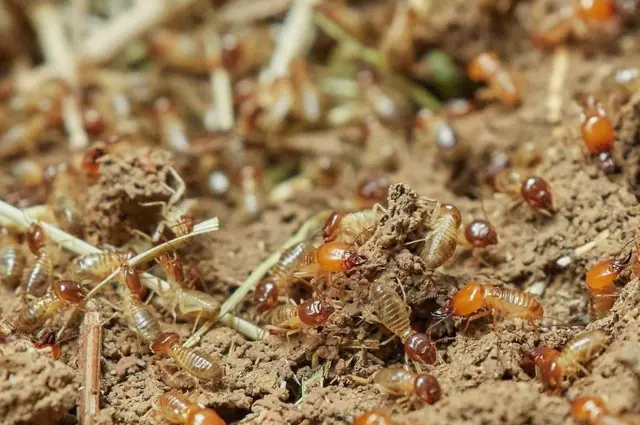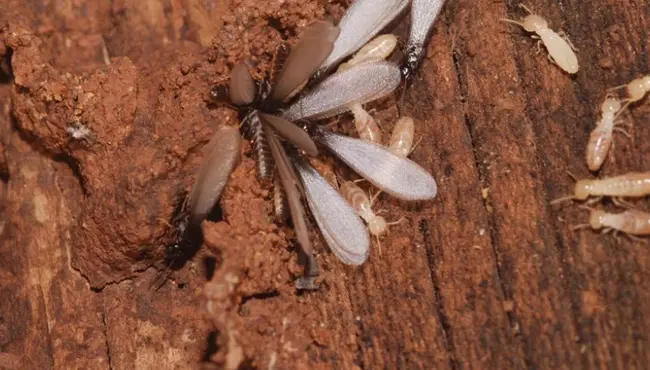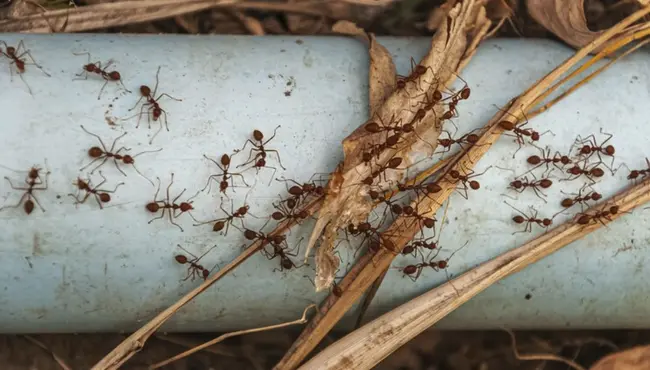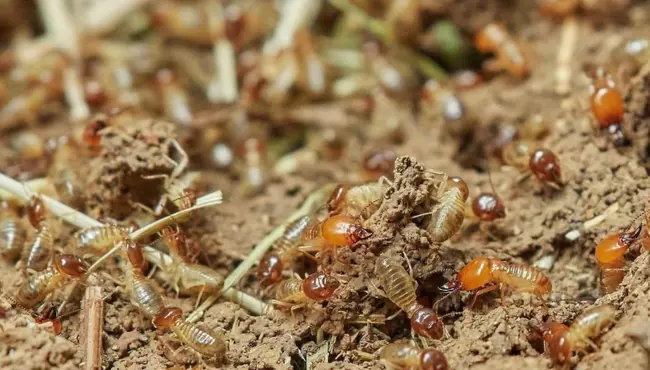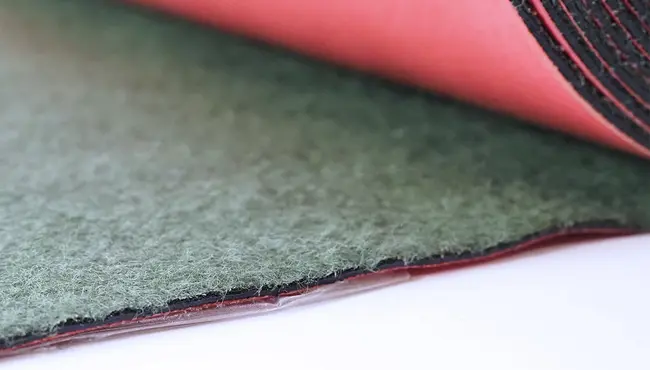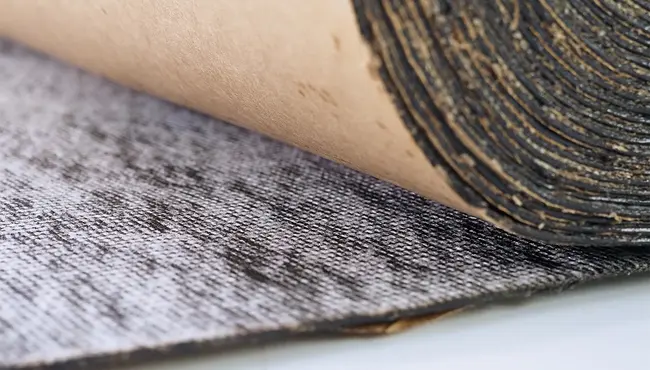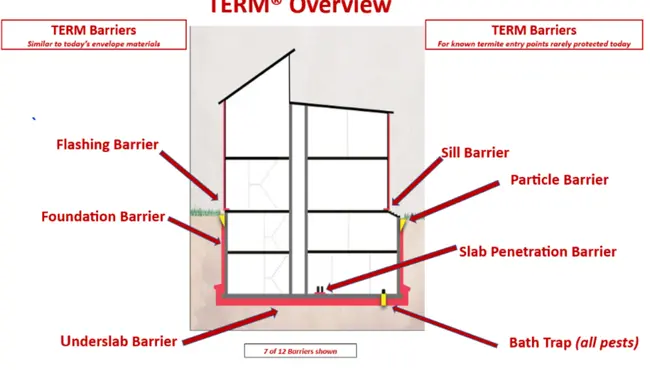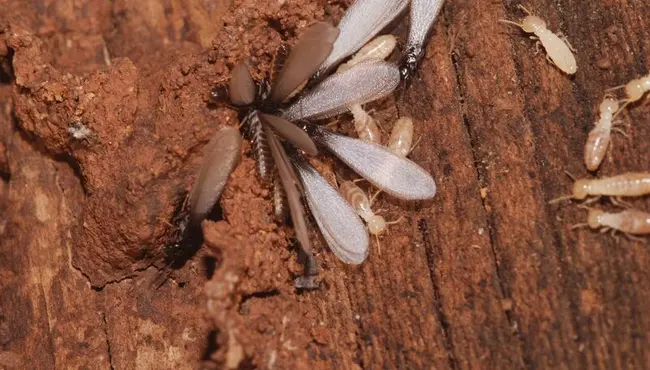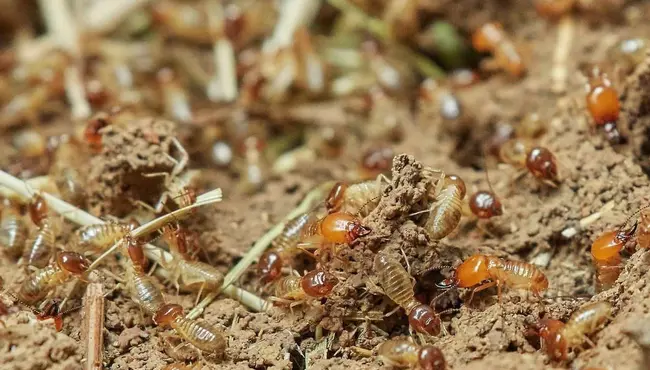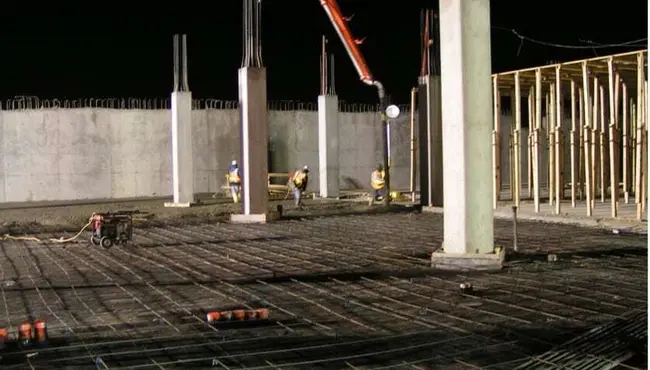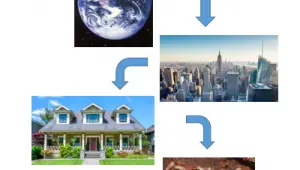
Protecting a home or building from termite damage is a priority for homeowners and contractors alike. Termite infestations can lead to significant structural damage that results in costly repairs. One of the most effective ways to prevent termites from infiltrating a structure is by installing a termite barrier.
This article will explore termite barrier costs, installation methods, and treatment expenses, to ensure that homeowners and professionals understand the available options.
Chemical vs. Physical Termite Barriers
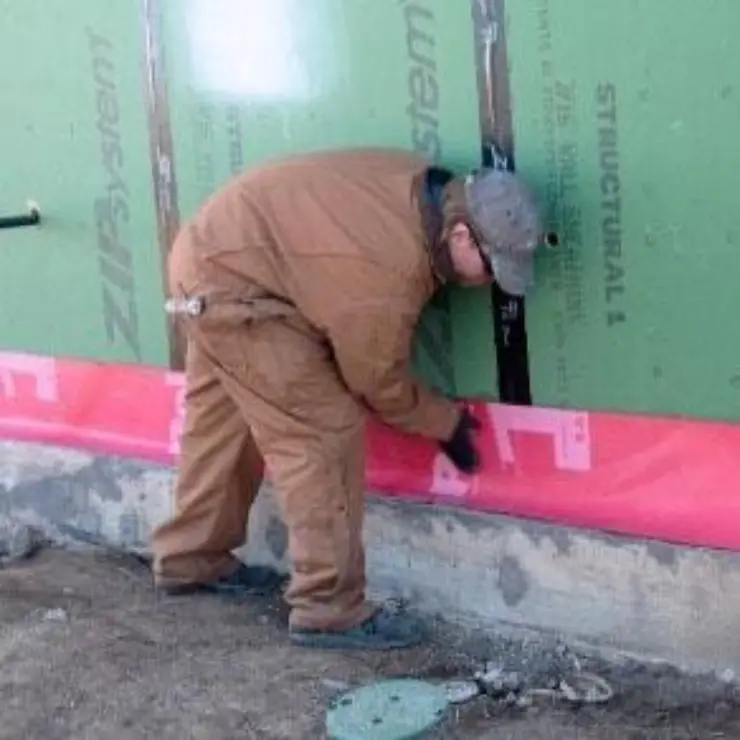
When deciding on a termite barrier, the choice often comes down to chemical or physical solutions. Each option has its own set of benefits and associated costs, which can vary based on several factors such as the size of the home, installation complexity, and local labor rates.
Chemical Barriers
Chemical barriers are created by treating the soil around a building’s foundation with termiticides that form a protective zone that termites cannot penetrate. This method is widely favored for its straightforward application and proven effectiveness. Typically, the cost for such treatments ranges from $3 to $15 per linear foot.
- Soil Treatments: A liquid termiticide is applied directly to the soil to form a long-lasting protective layer. This method can be used during or after construction.
- Reticulation Systems: A network of pipes is installed around the property that allows termiticide to be evenly distributed as needed.
Physical Barriers
Physical barriers, such as stainless steel mesh or crushed rock, are another common method. These barriers block termites from accessing the structure altogether and are typically installed during the construction phase. Physical barriers cost more upfront, and can range from $1,500 to $3,500 depending on the size of the home.
- Pre-construction Installation: This is often the more cost-effective route, as barriers can be integrated into the foundation.
- Post-construction Installation: In existing homes, installation is more labor-intensive because it requires digging trenches or drilling through concrete to lay the barrier.
Key Factors That Affect Termite Barrier Installation Costs
Several variables influence the total cost of installing a termite barrier. Being aware of these factors can help homeowners and contractors budget more effectively.
- Home Size: Larger homes require more materials and labor, which increases the overall cost.
- Barrier Type: Chemical treatments are generally more affordable upfront, but physical barriers offer longer-term protection with less maintenance.
Labor Costs: Local labor rates and the complexity of the job can significantly affect the price. Post-construction installations, in particular, tend to be more expensive due to the additional work required.
Treatment Options for Existing Termite Infestations
While installing a barrier can prevent infestations, treatment may still be necessary for homes already affected by termites. The cost of these treatments varies based on the type and severity of the infestation.
Bait Systems
Bait systems offer a more targeted approach. Poison-laced bait is placed around the property, which termites consume and carry back to their colony. Over time, this method eradicates the entire colony. Bait systems cost between $8 and $12 per linear foot.
Tenting and Fumigation
For severe infestations, tenting and fumigation may be required. This process involves enclosing the entire building and filling it with gas to exterminate termites. It is one of the more expensive treatment methods, and can cost between $1,600 and $3,200.
Non-Chemical Solutions for Termite Prevention
Bath Trap Barrier
One standout non-chemical solution is Polyguard’s TRM Bath Trap Kit, which combines a stainless-steel screen and Termite Sealant to block termites, as well as other pests such as fire ants, rats, mice, snakes, and moles.
- The barrier is installed after the concrete slab is poured and the rough plumbing is complete, which makes it an effective method to stop pests from entering through bath traps in concrete slabs.
This solution provides long-lasting protection without the need for pesticide applications throughout the structure’s lifespan.
Isolation Joint Barrier
Termites often exploit weak points in a structure, particularly at isolation joints, which are the gaps where patios, sidewalks, and driveways connect with the main building. To address this, Polyguard’s TRM Isolation Joint offers an effective solution.
- This peel-and-stick barrier features a combination of stainless-steel mesh and TERM® Termite Sealant, to provide a robust seal that prevents termites and other pests, such as fire ants and rodents, from entering through these gaps.
- Installed before the new concrete slab is poured, this barrier ensures long-lasting protection without the need for regular maintenance.
- Including it as part of a comprehensive termite prevention strategy strengthens your defense at these critical points.
By integrating a combination of these treatment methods, homeowners and contractors can ensure the home remains termite-free, regardless of the severity of the infestation.
Additional Costs: Inspections, Maintenance, and Repairs
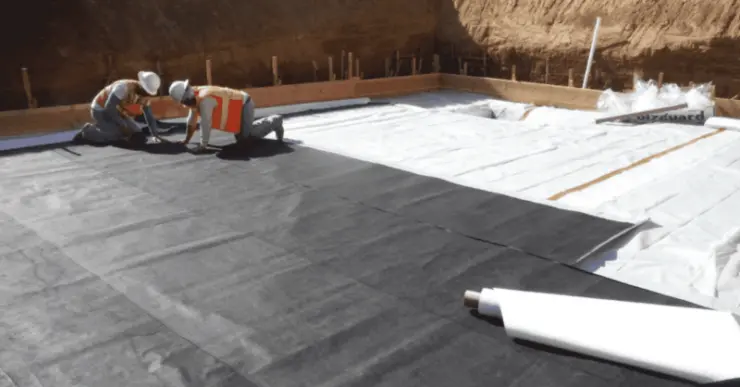
Beyond the initial installation or treatment costs, there are other expenses homeowners should consider. Regular inspections and maintenance help ensure that termite barriers remain effective over time, and repairs may be needed if termites have already caused damage.
- Termite Inspections: Annual inspections can help detect early signs of termite activity. These inspections typically cost between $75 and $150.
- Monitoring Plans: Pest control companies offer monitoring plans to maintain bait systems and replenish chemicals. These services can range from $400 to $1,500 annually.
- Repair Costs: If termites have already caused damage, structural repairs can be costly. On average, homeowners spend around $3,000 to fix termite-related damage.
Long-Term Benefits of Installing a Termite Barrier
Investing in a termite barrier offers significant long-term benefits. Preventing termites from infiltrating a structure reduces the risk of expensive repairs, enhances property value, and provides peace of mind for homeowners and future buyers.
- Longevity: Physical barriers, such as those offered by Polyguard’s TERM® system, provide a long-term solution that can last the lifetime of the building. This reduces the need for frequent chemical reapplications.
Return on Investment (ROI): A well-installed barrier can save homeowners thousands of dollars in future repairs and maintain the structural integrity of the building.
Secure Your Home with Long-Lasting Protection
Polyguard’s termite protection solutions offer comprehensive protection against termites, water intrusion, and energy loss by providing an innovative solution for both new and existing homes. These barriers are designed to last, which reduces the need for ongoing maintenance and chemical treatments.
Contact us today for more information!
